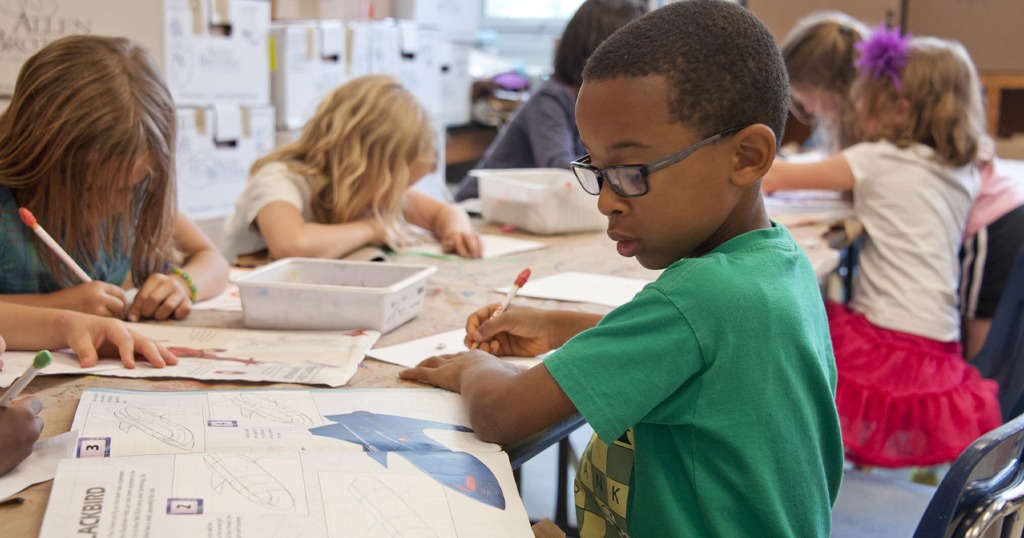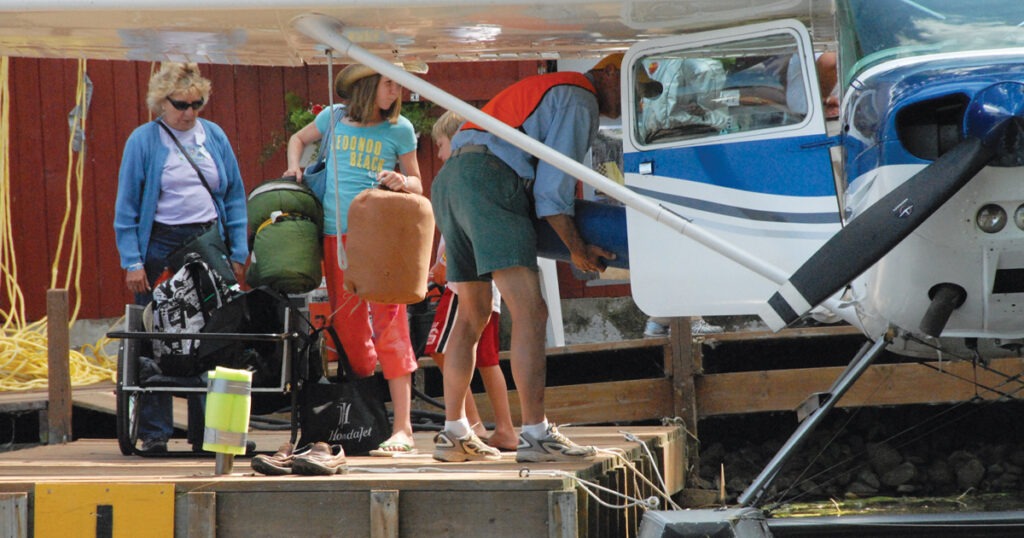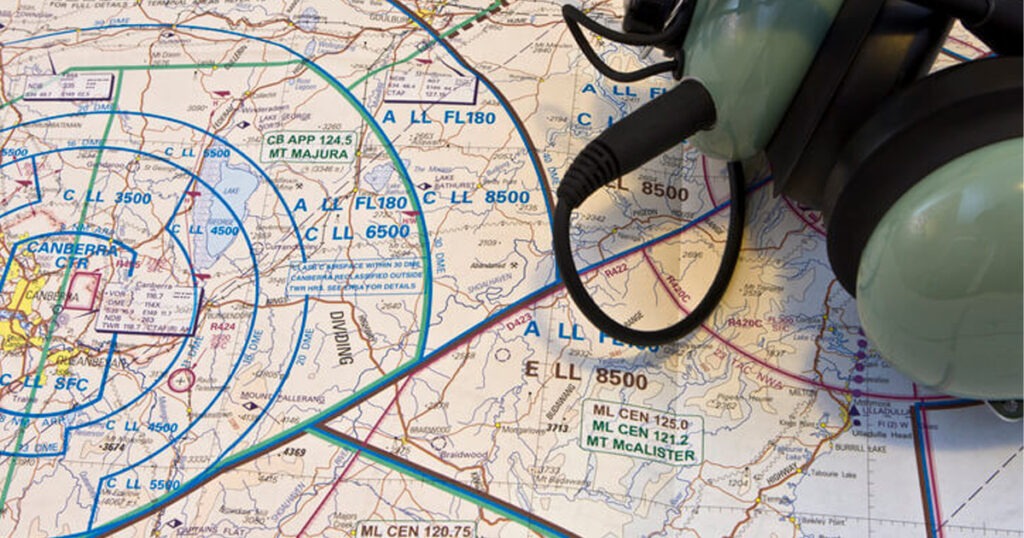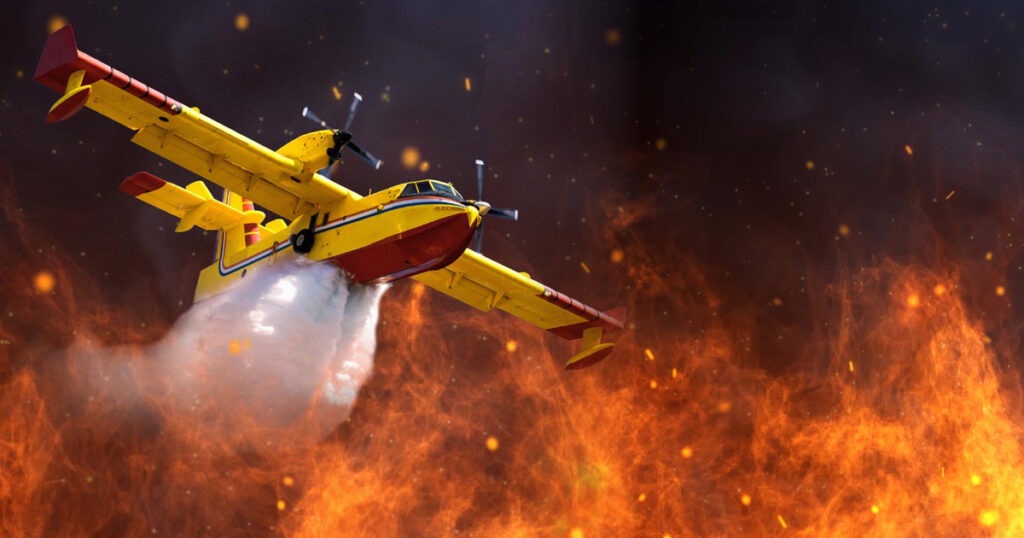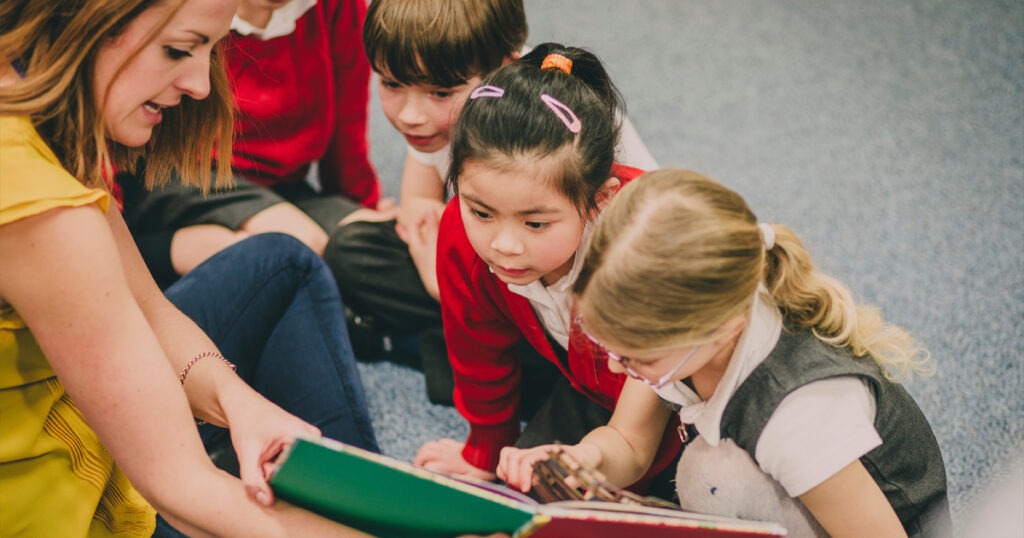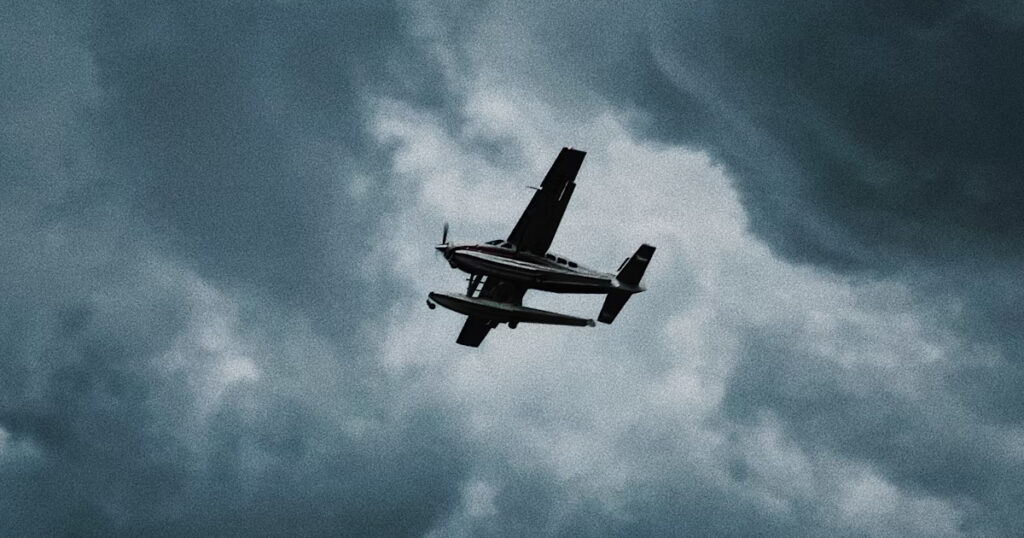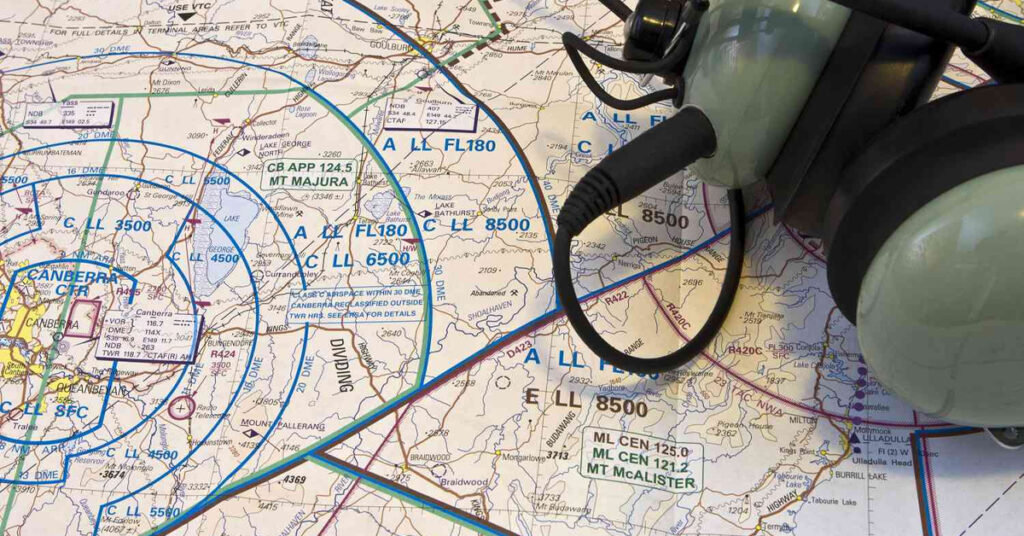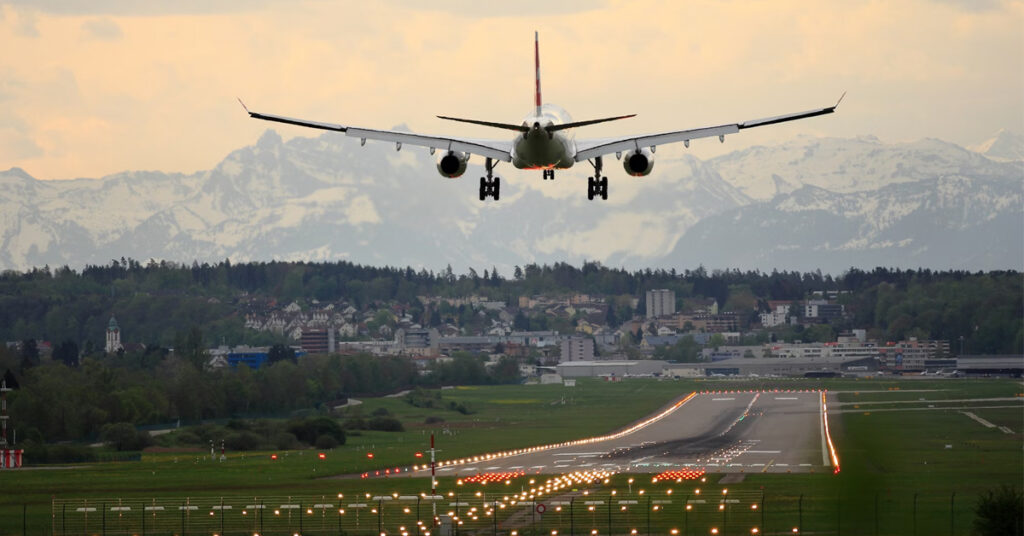DreamFlight Helps Franklin Co. Schools Implement Aviation in the Classroom
DreamFlight Charities recently had the opportunity to share creative ways to implement aviation through subjects students are already learning and engaged within. In helping build an interest in our industry at an early age, we have determined that we must work alongside school systems, their administrations and faculty, not only to provide them with real-world […]
DreamFlight Helps Franklin Co. Schools Implement Aviation in the Classroom Read More »

